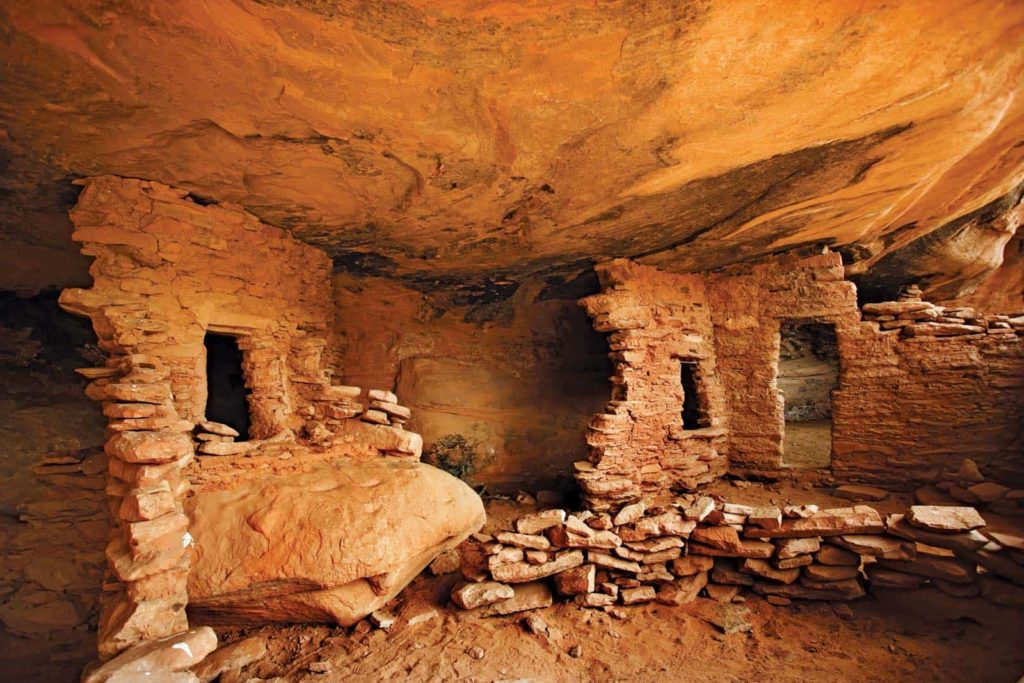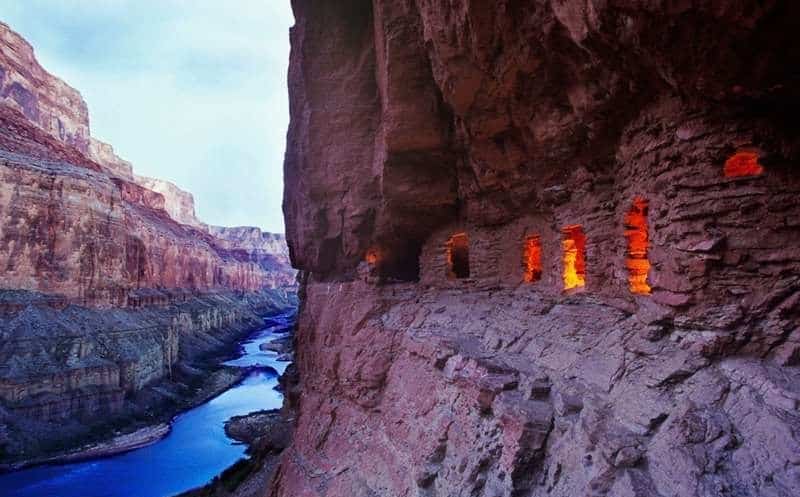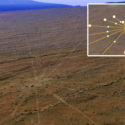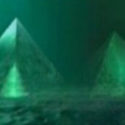Anasazi Civilization That Recorded 1054 A.D. Supernova, Lived In Most Isolated Place
In 2007, he published “History Is Wrong,” a book in which he disclosed all of the documents from the historical period detailing what had occurred. Daniken is confident that the Metal Library exists, as well as undiscovered scripts.

From 200 to 1300 AD, the Anasazi culture, often known as “ancient Pueblo,” lived in the southwest. In Mesa Verde, well-preserved Ancestral Puebloan cliff houses, they built incredible constructions, wonderful artifacts, and well-planned roadways. Researchers discovered that such individuals possessed exceptional mathematical abilities. They were aware of the golden ratio (phi = ) and used it in their construction. The ancient Egyptians employed the same number when building the Sun Temple at the Giza Pyramids.
The Navajo term Anasazi means “ancient ones” or “enemy forefathers.” The ancient Native American culture was largely discovered in the United States Four Corners region, which includes Utah, Colorado, Arizona, and New Mexico. A Colorado herdsman discovered the amazing houses and objects etched into the local granite near the end of the 19th century. Similar structures have been discovered in Utah and Arizona as well. But it is a complex known as “Pueblo Bonito” that is the most spectacular construction erected by the Anasazi people. It was a multi-story structure in Chaco Canyon with 800 chambers.
These people built a 400-mile network of roads across deserts and gorges, some of which were 30 feet wide. They even built houses with astronomical observatories. Many of the buildings in Chaco Canyon, for example, are orientated precisely to the position of the Sun on the days of the equinoxes and solstices.
Chaco Canyon is one of the world’s most remote and severe environments. The weather is quite erratic, ranging from frigid winter to a hot, dry summer. In short, any civilization’s chances of surviving in this area are little to none. Furthermore, the area was formerly underwater some 20 million years ago, but the sun-dried it up over time. Why did the Anasazi choose to live in such deplorable circumstances? How did they ensure that there was enough water for building architecture? Archaeologists have no idea what’s going on and have been attempting to figure it out for years.

According to Pueblo mythology, their forefathers held enormous spiritual power and had command over natural elements. The most fascinating aspect of Anasazi civilization is their petroglyphs, which included bizarre humanoid characters and depictions of heavenly objects. The stars were very important to the Anasazi. Many of their petroglyphs depicted how various effects should appear as the sun travels across building corners.
According to scientists, a supernova event happened in the universe around 1054 AD that may have been observable from Earth. This incident was recorded by many ancient societies, including the ancient Chinese, Egyptians, and Native Americans. Many people believe the first drawing of this supernova explosion was discovered in the Anasazis’ homes. Similar celestial phenomena were also recorded by Mayan cultures with extensive astronomical expertise.
Is it feasible that information was transferred between the Anasazis and the Mesoamerican cultures? Ancient astronaut theorists claim that both societies’ forebears may have come from the stars. If this is true, they had a closer link with the meteorites that struck the earth and fell into the silent zone. They may have discovered information about their ancestors near the meteorite’s impact site, which is why they chose to reside there.
By the 13th century, the Anasazis had begun to abandon their homes, for reasons that are yet unknown. After then, the Anasazi culture vanished in a matter of decades.



